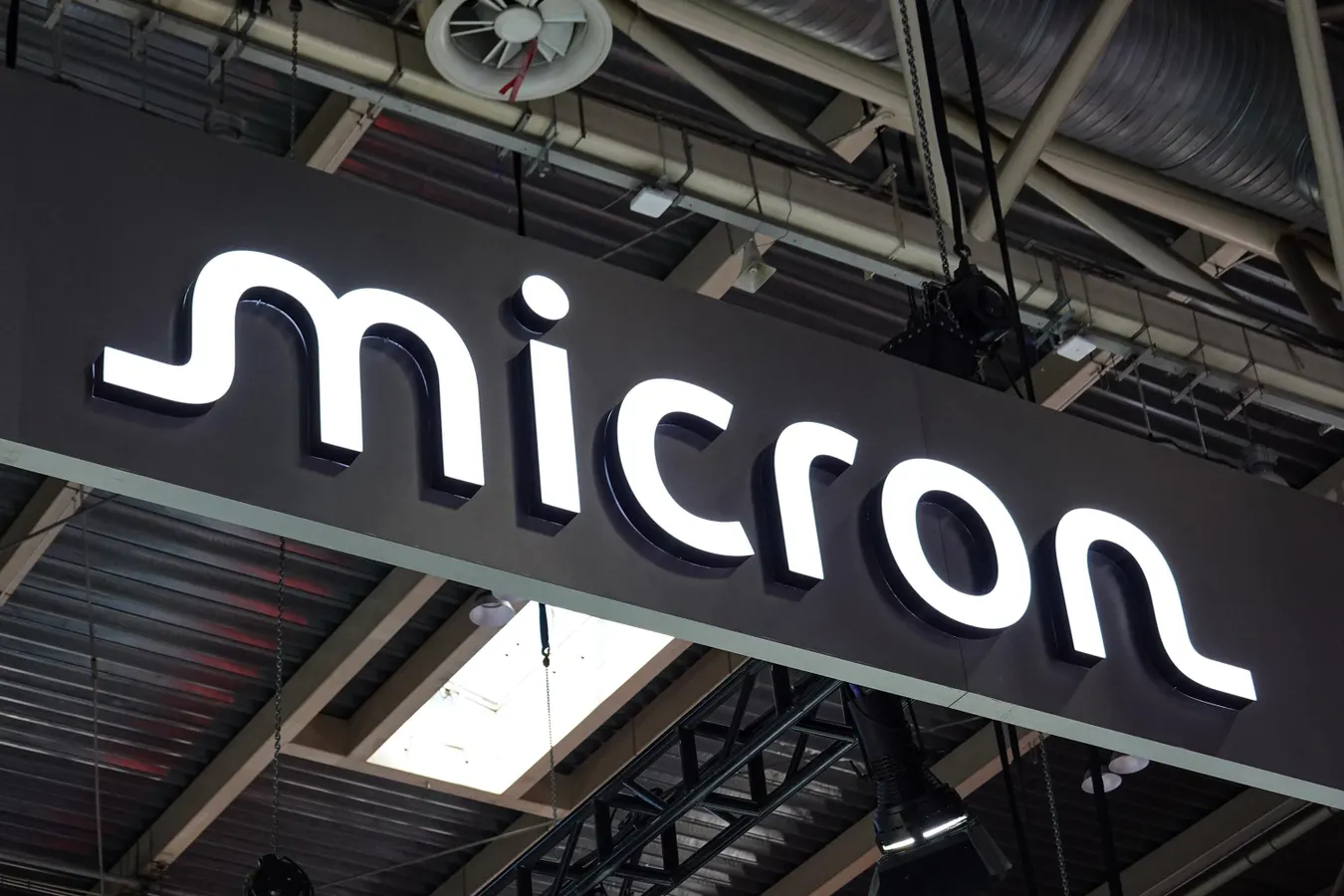By Contributor,Sheldon Cooper,Trefis Team
Copyright forbes

Photo by Sheldon Cooper/SOPA Images/LightRocket via Getty Images
SOPA Images/LightRocket via Getty Images
We think there is not much to worry about regarding MU stock based on its overall Strong operational performance and financial health. This aligns with the stock’s High valuation, leading us to consider it as Fairly Priced. Here is our multi-faceted evaluation.
Buy or Fear Conclusions
MU stock has experienced a significant increase recently, and we currently view it as fairly priced. This might seem like a warning since there are considerable risks involved in depending on a single stock. Nevertheless, there is tremendous value in the broader diversified approach we employ with Trefis High Quality Portfolio. Should you consider purchasing a single stock you favor, or should you create a portfolio designed for success across market cycles? Our data indicates that High Quality Portfolio has transformed stock-picking uncertainty into consistent market outperformance. This portfolio is part of the asset allocation strategy used by Empirical Asset Management – a wealth management firm based in the Boston area and a partner of Trefis – whose asset allocation framework delivered positive returns during the 2008-09 financial crisis when the S&P lost over 40%.
Let’s delve into the details of each assessed factor, but first, for a quick background: With a $221 Bil market cap, Micron Technology offers memory and storage products across compute, mobile, storage, and embedded markets, focusing on high-speed, low-latency DRAM semiconductor devices.
Valuation Seems High
Valuation Seems High
MORE FOR YOU
Growth Is Extremely Strong
Micron Technology has experienced its top line grow at an average rate of 20.3% over the past 3 years
Its revenues have increased by 49% from $25 Bil to $37 Bil over the last 12 months
Additionally, its quarterly revenues rose by 46.0% to $11 Bil in the most recent quarter, up from $7.8 Bil a year prior.
Growth Is Extremely Strong
This table highlights how MU is growing as compared to the broader market. For additional information see: MU Revenue Comparison
Profitability Is Very Strong
MU’s operating income over the last 12 months was $9.8 Bil, which equates to an operating margin of 26.2%
With a cash flow margin of 46.9%, it generated nearly $18 Bil in operating cash flow during this timeframe
For the same period, MU produced approximately $8.5 Bil in net income, indicating a net margin of around 22.8%
Profitability Is Very Strong
This table illustrates how MU’s profitability compares with the broader market. For more details see: MU Operating Income Comparison
Financial Stability Looks Extremely Strong
MU had a Debt of $15 Bil at the end of the most recent quarter, while its current Market Cap stands at $221 Bil. This results in a Debt-to-Equity Ratio of 6.9%
MU Cash (inclusive of cash equivalents) constitutes $10 Bil of $83 Bil in total Assets. This produces a Cash-to-Assets Ratio of 12.4%
Financial Stability Looks Extremely Strong
Downturn Resilience Appears Very Weak
MU has performed significantly worse than the S&P 500 index during different economic downturns. We evaluate this based on both (a) the extent to which the stock declined and, (b) the speed of its recovery.
2022 Inflation Shock
MU stock decreased by 49.8% from a high of $97.36 on 14 January 2022 to $48.88 on 26 September 2022, compared to a peak-to-trough drop of 25.4% for the S&P 500.
However, the stock completely recovered to its pre-Crisis peak by 7 March 2024
Since then, the stock rose to a peak of $196.54 on 8 October 2025
Downturn Resilience Appears Very Weak
2020 Covid Pandemic
MU stock fell 42.5% from a peak of $59.99 on 19 February 2020 to $34.47 on 16 March 2020, in contrast to a peak-to-trough drop of 33.9% for the S&P 500.
Nevertheless, the stock completely retraced to its pre-Crisis peak by 16 November 2020
2020 Covid Pandemic
2008 Global Financial Crisis
MU stock plummeted 88.1% from a high of $14.23 on 12 January 2007 to $1.69 on 20 November 2008, compared to a peak-to-trough decrease of 56.8% for the S&P 500.
However, the stock fully recovered to its pre-Crisis peak by 27 June 2013
2008 Global Financial Crisis
However, the risk is not just confined to large market crashes. Stocks can decline even in stable markets – consider events such as earnings reports, business updates, and changes in outlook. Check MU Dip Buyer Analyses to understand how the stock has bounced back from sharp downturns in the past.
The Trefis High Quality (HQ) Portfolio, which consists of 30 stocks, has a history of comfortably outperforming its benchmarks that include all 3 – S&P 500, Russell, and S&P midcap. What accounts for this? Collectively, the HQ Portfolio stocks have offered enhanced returns with lower risk as compared to the benchmark index; yielding a smoother journey, as noted in HQ Portfolio performance metrics.
Editorial StandardsReprints & Permissions